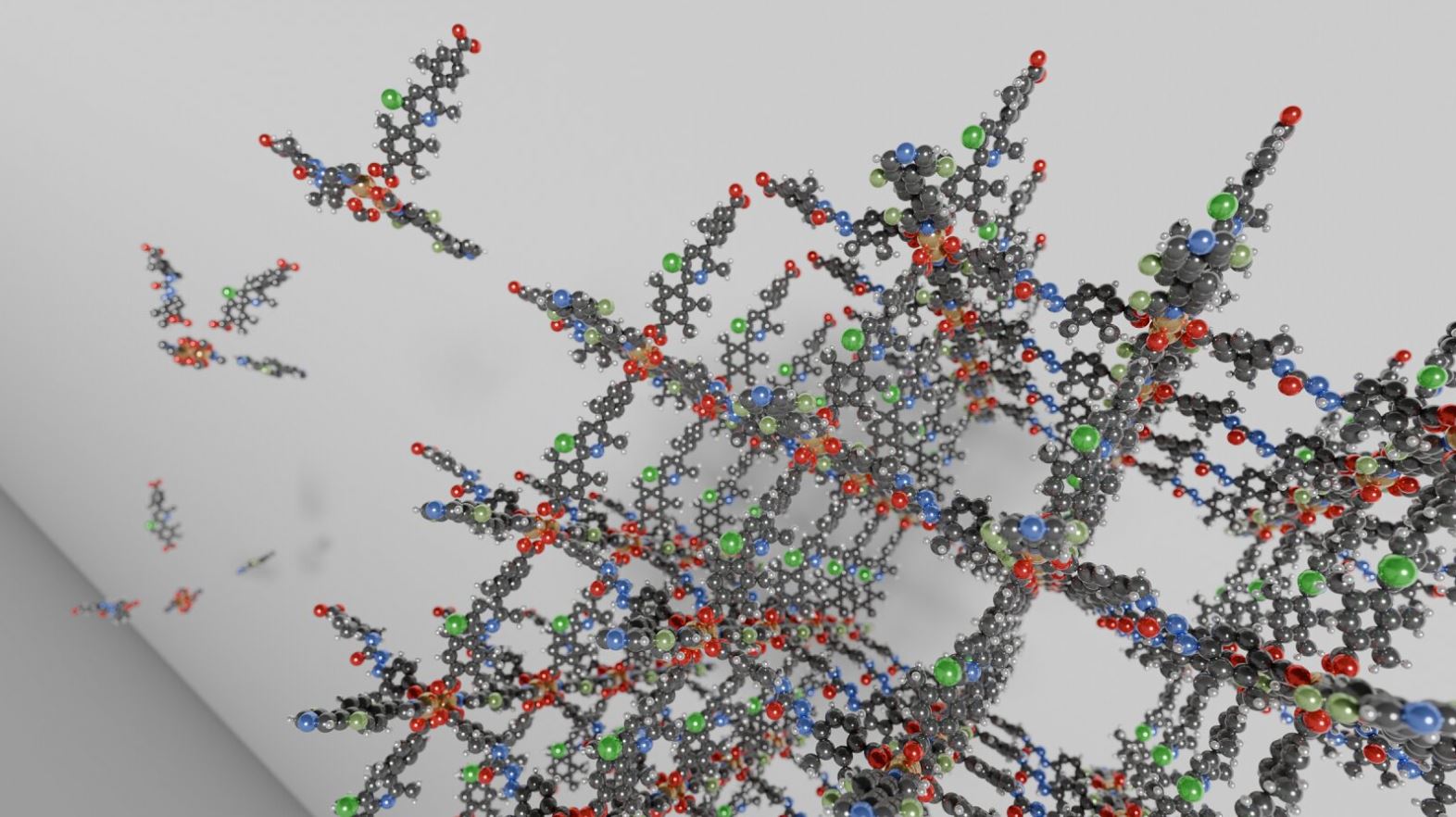 Researchers at KAIST, in collaboration with experts from Imperial College London, have taken a big step forward in tackling climate change. By harnessing AI, they’ve identified materials that capture carbon dioxide directly from the air—even when water vapour is present.
Researchers at KAIST, in collaboration with experts from Imperial College London, have taken a big step forward in tackling climate change. By harnessing AI, they’ve identified materials that capture carbon dioxide directly from the air—even when water vapour is present.
The breakthrough comes from a new machine learning force field (MLFF) that accurately predicts interactions between metal-organic frameworks (MOFs) and gases at quantum-mechanics-level precision. This method allowed the team to review over 8,000 MOF structures and pinpoint more than 100 promising candidates, many of which traditional simulations would have missed.
Professor Jihan Kim, leading the research at KAIST, explains that the MLFF not only improves accuracy but also reduces computational costs. The study, published in the journal Matter, outlines seven chemical features that enhance MOF performance for direct air capture (DAC) technology, streamlining the design of better carbon capture materials.
If you’ve ever wrestled with complex environmental solutions, this approach offers a refreshing blend of smart technology and practical insight. It’s a realistic pathway to optimising materials for capturing CO₂ more efficiently.








